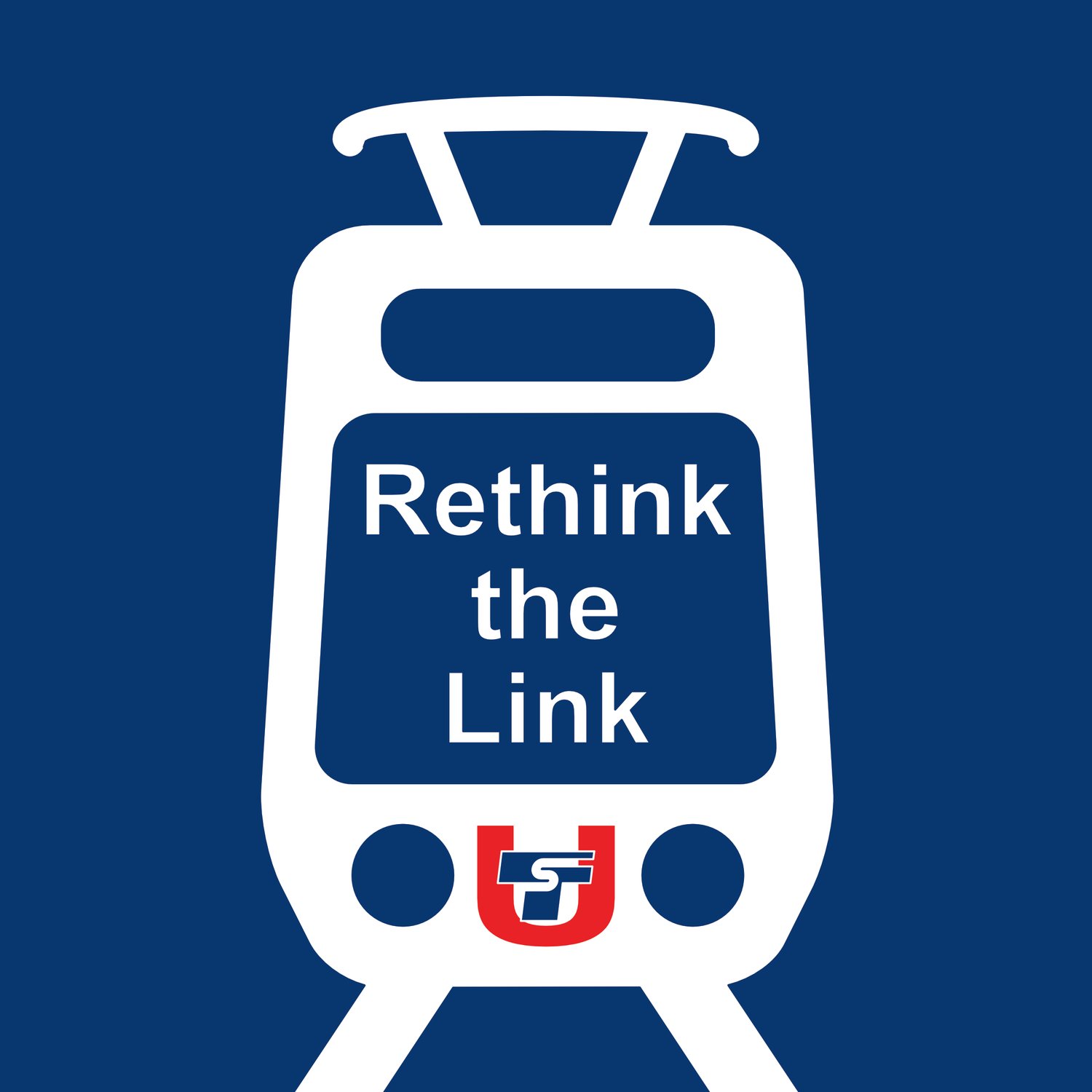Our WSLE alternative Final Environmental Impact Statement (EIS-C)
Sound Transit’s nearly 1000-page West Seattle Link Extension Final Environmental Impact Statement was released September 20, 2024. It does not address most of the concerns raised by the commenters on 2022’s Draft EIS for the West Seattle Ballard Link Extension. They received almost 5,200 comments - from Tribes and Tribal organizations, government agencies, elected officials, businesses and business organizations, community and arts organizations, individual members of the public and regional transit experts.
As a result, several of these regional commenters have assembled an alternative Final EIS (EIS-C) that does address these concerns. It offers less destructive, lower carbon, lower cost transit options and solutions for the concerns generated by Sound Transit's $7 billion+, 4-mile light rail stub and was presented to Chairman Dow Constantine and the Sound Transit Board of Directors on September 26, 2024. Its conclusion calls for the No Build Alternative option and will inform SODO-West Seattle light rail discussions going forward.
The ST3 transportation package that Sound Transit presented to voters in 2016 offered simple criteria for voters to consider:
• improve public transit
• encourage economic development, equity, community-building and social justice
• protect the environment
Since the 2016 ST3 vote, Sound Transit split WSBLE into Ballard (BLE) and West Seattle (WSLE) segments. Its environmental review process has revealed overwhelmingly negative social, economic and environmental impacts. As the West Seattle Link Extension (WSLE) presents significantly more drawbacks than advantages, and does not satisfy the ST3 and DEIS required criteria, it should not be built.
Our alternative Final Environmental Impact Statement Conclusion v5.1 (EIS-C) is linked here.
“This No Build sign means, save billions of dollars for your taxpaying constituents, and deliver what their 2016 ST3 vote promised, better transit.”

